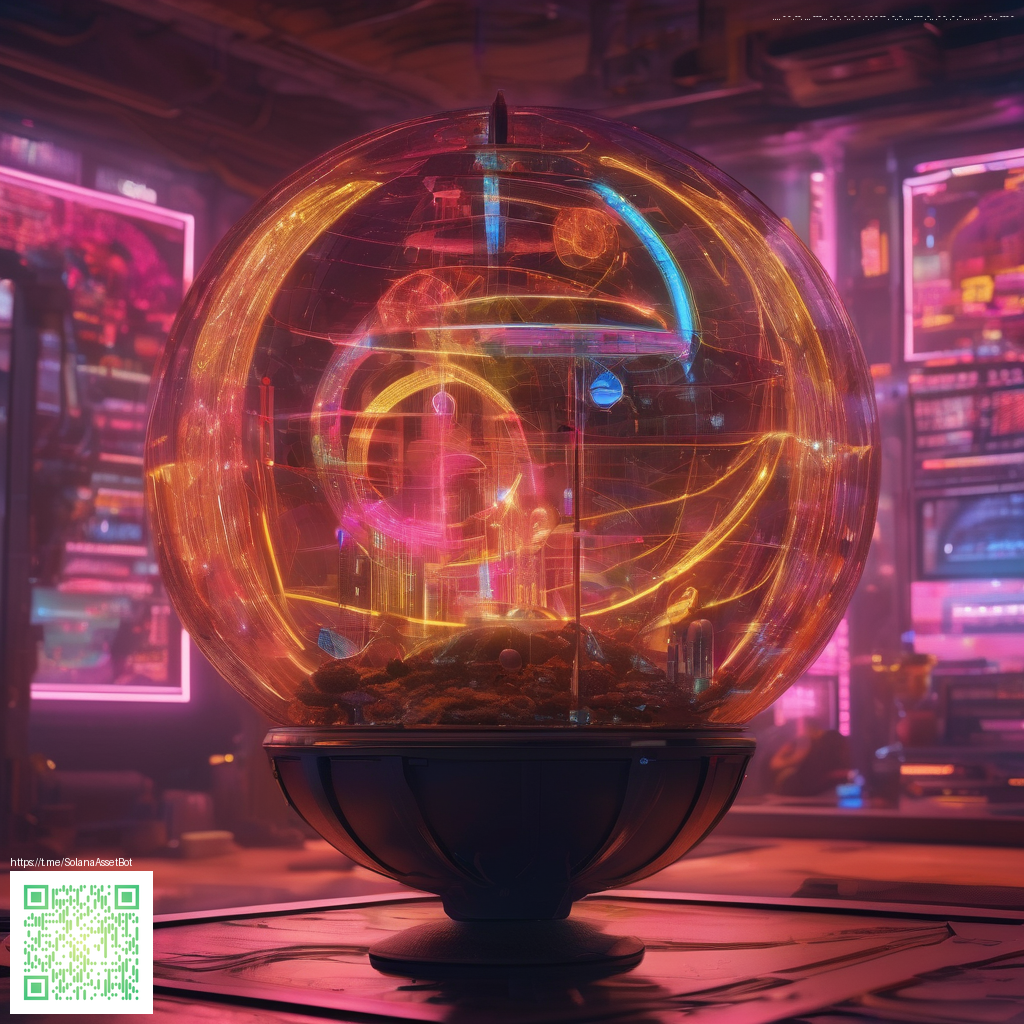
Hidden Secrets in Quantum Breaks World
Quantum Break blends tense action with live action sequences to tell a story that shifts as you play. Beneath the battles and time bending powers lie Easter eggs that reward patient explorers who pause the chaos and listen to the world. Fans have long celebrated how Remedy Entertainment toys with its own shared universe, weaving nods to earlier projects into the texture of the present moment.
What starts as a straightforward shooter evolves into a treasure map for those who savor environmental storytelling. The game invites you to replay scenes, rewatch cutaways, and chase subtle hints that connect the core narrative to a larger lore. This article surveys the well known Easter eggs, explains how players uncovered them, and highlights what these secrets reveal about the design philosophy behind the game.
Alan Wake echoes and universe building
One of the most cited Easter eggs pops up in a campus sequence where a chalkboard becomes a mini museum of Alan Wake lore. The frantic scribbles hint at a larger fiction, and players who study the board often spot the seeds Remedy plants for fans to follow. This is not merely fan service it is a deliberate invitation to see two worlds as one ongoing saga.
The studio has repeatedly acknowledged the connection between their projects even in official discussions. The implication is that the live action segments are not just flavor they are integral to how time travel and memory are presented. The link enriches both titles and fuels ongoing community theories about how future entries might unfold in the same universe.
Alex Casey and the meta narrative threads
Beyond the chalkboard clues the game hides another layer in the form of Alex Casey the FBI agent whose story threads through Alan Wake novels. The discovery process demonstrates a clever layering where a fictional text ecosystem becomes a map for in game exploration. Players who follow these threads often feel like they are piecing together a cross media cross reference puzzle rather than simply blasting through foes.
For many, these references are more than Easter eggs they become a guide to the tone of the universe. They show how Remedy rehearses storytelling craft across media and how each fragment can reframe a scene in a new light. It is a reminder that narrative design can live in a game and in a companion fiction at once.
Narrative objects and the television chorus
Quantum Breaks core mechanic sits at the intersection of action and narrative objects that users can influence during play. The television segments function as alternate perspectives that change the meaning of events you just witnessed. This layered approach rewards players who compare the on screen events with the in game outcomes, often revealing hidden motives or altered character arcs.
community theory thrives on these moments, building a collaborative map of how choices ripple through time. The result is a game that rewards repeat playthroughs and careful observation rather than a single clean playthrough perception.
As the team has explained, the aim was to fuse interactive play with cinematic storytelling in a way that makes time feel tangible. The world is designed so you notice tiny changes that alter your understanding of the scene and the characters involved.
Updates, tweaks, and the modding mindset
Since launch Remedy has kept the title relevant with periodic updates that address performance and visual polish across platforms. These improvements ensure that the time bending sequences stay smooth even on lower end hardware and give players a more consistent experience during long campaigns. The studio has noted that the core philosophy remains intact a tightly woven narrative paired with responsive gameplay.
While the game does not have a sprawling official modding scene the community still finds ways to celebrate it. Fans often share techniques for capturing iconic moments, re editing cutscenes for new effects, or creating highlight reels that showcase the most dramatic uses of time manipulation. This culture of experimentation helps the game feel alive years after it first released.
Developer reflections and player curiosity
Developers have consistently spoken about the challenge and reward of integrating story and mechanic. Time travel as a gameplay lens invites players to consider how actions echo into the past and future, and the team has emphasized that these mechanics were designed to invite reflection as much as adrenaline. The ongoing curiosity from players about possible cross references hints at a larger ambition to build a connected world across titles and narratives.
For anyone revisiting the game today, the experience benefits from fresh eyes and modern hardware. The Easter eggs reward patient inspection and careful listening and often prompt new interpretations of scenes you might have watched dozens of times. It is a testament to how good design can transcend a single play session and become a shared topic of conversation among fans.
Polycarbonate Card Holder with MagSafeMore from our network
- Effortless Everyday Protection with Neon Lexan Slim Case for iPhone 16
- Creative Combos with Complex Automaton Artifact Synergy Unleashed
- Best Pairings for Ionas Judgment in Commander
- Demystifying Solana Governance How On chain Voting Works
- Texture Driven Storytelling in Visual Media Techniques and Impact